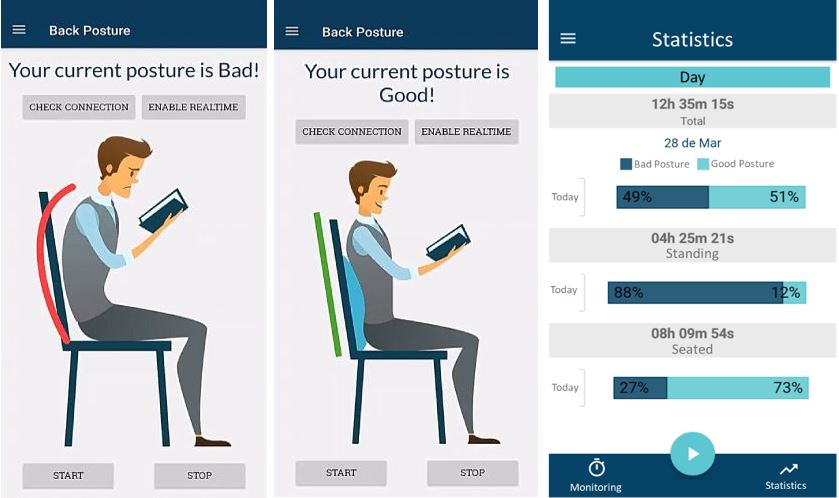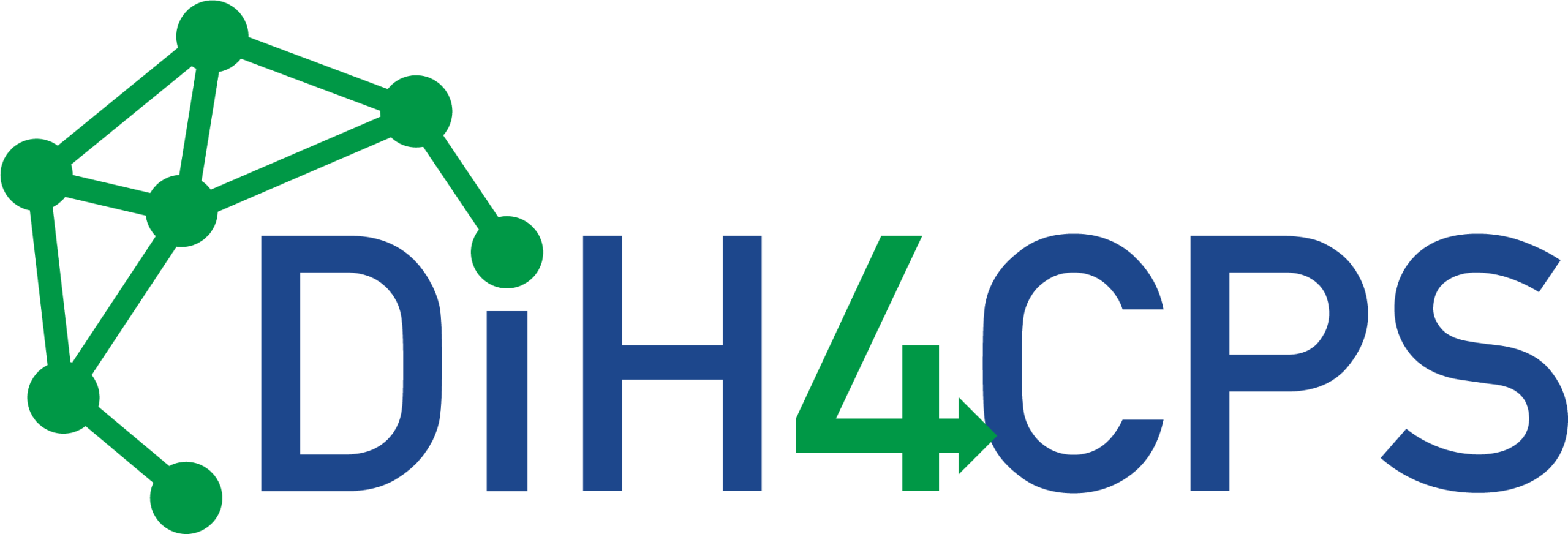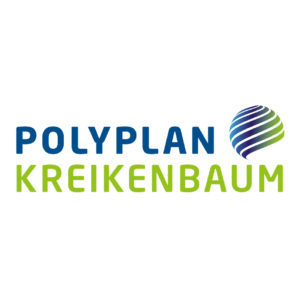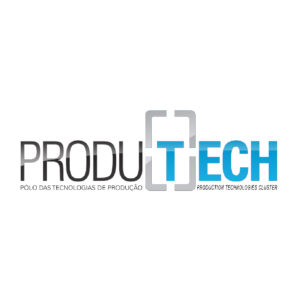Musculoskeletal pain has increasingly become a condition prevalent in the last 40 years, and the reason is mostly associated with sedentary behaviour and physical dormancy1. Unfortunately, that type of behaviour is being extended to work environments where people are seated or working in conditions that require long periods of standing time and little movement, characterizing a distinct class of sedentary behaviour with little physical movement or activities involving low energy consumption. Likewise, handling heavy loads without trained musculoskeletal flexibility may also lead to severe back pain that is one of the most debilitating conditions, inflicting grief, discomfort, and disability to its bearer. It affects the person’s mental wellbeing as well as their efficiency in performing day-to-day tasks, hence, affecting productivity, increasing leaves of absence, and consequently weakening the economy.

With this information in mind, DIH4CPS Application Experiment 7 (AE7) is dealing with CPS for security and wellbeing of shop floor workers, where among other technology, Knowledgebiz (www.knowledgebiz.pt) is working on a mobile application capable of monitoring the users’ body posture in real-time using lightweight non-obtrusive wearable sensors. It contributes actively to maintaining workers health and well-being conditions and prevent injuries. This Posture Tracker Application intends to track workers back posture and human position (seating vs standing), by equipping them with Inertial Measurement Unit (IMU) sensors that will record their body movement during their daily work. The recorded data will be processed and analysed to produce reports with information regarding bad posture behaviours from each individual. One important challenge that we are facing is that every persons’ posture is different, and this is something that must be considered. Hence, machine learning and an individual a calibration procedure is being developed to address this differentiation between citizens and will allow to tailor the application to each worker. Stay tuned on the DIH4CPS AE7 webpage (https://dih4cps.eu/experiment-7/) for further developments!

1 e. Theo Vos, “Global, regional, and national incidence, prevalence, and years lived with disability for 328 diseases and injuries for 195 countries, 1990–2016: a systematic analysis for the Global Burden of Disease Study 2016,” The Lancet, vol. 390, pp. 1211 – 1259, 201































